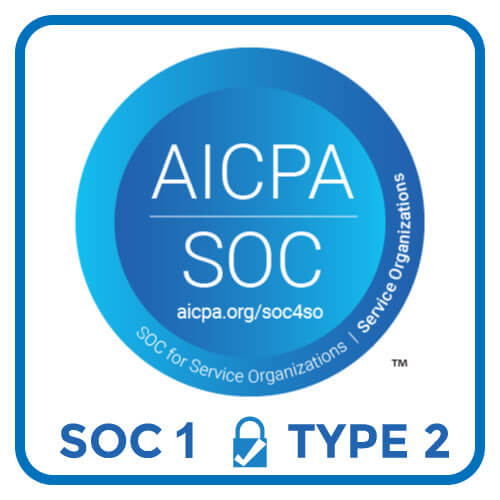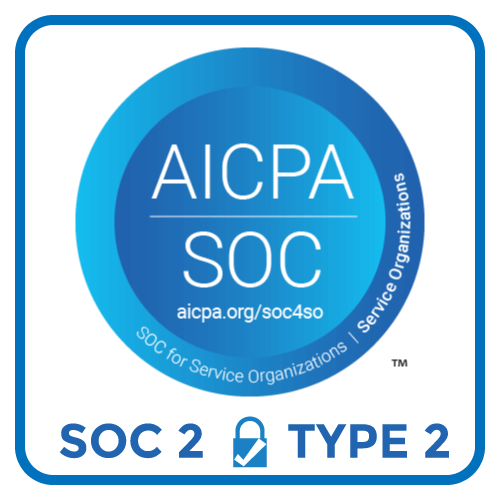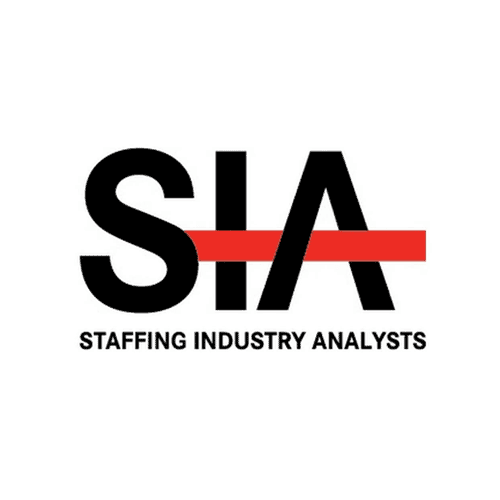Even before the pandemic, a looming shortage of nurses was threatening the healthcare sector. According to the U.S. Bureau of Labor Statistics, the U.S. needs to add 1.1 million new Registered Nurses by 2022 to avoid a shortfall. Given the number of nurses retiring, a lack of educational options for entering the workforce, and a “mass exodus” due to burnout related to COVID-19, it’s not at all clear the industry can meet that need.
The need for bedside nurses “is the worst we’ve ever seen it,’’ Matt Caseman, CEO of the Georgia Nurses Association, told Georgia Health News.
One option for health systems feeling the pain of the labor shortage: expand their floating labor pool of contingent and per diem nurses. Unfortunately, that’s easier said than done, and many hospitals find their internal resource pools to be sinking instead of succeeding.
The resources are out there, but they’re not working for the hospitals. Instead, they’re working for agencies. The agency business is consistently booming because they have figured out the formula for successfully engaging this freelance workforce, while most hospitals have not.

The nurses who make up today’s freelance workforce aren’t the hospital’s core staff of full- and part-time workers. Contingent nurses don’t want to go work for somebody for 40 years and retire after getting a full pension. They don’t even want to work regular hours or days. They’re moving jobs all the time. They want freedom, flexibility, and control.
However, most hospitals still build their float pools around the idea of, “This is what we want from the nurses.” They focus their float pools on their own goals versus those of the nurses.
For example, the hospital would love to say that participating nurses need to work every night shift, need to work three weekends out of the month, or need to meet any other work requirement that would benefit the hospital. But then they can’t get any nurses to participate in it because that’s not what this workforce wants.

Hospitals must think like agencies. Instead of building the program around what the hospital wants, the float pool should give participating nurses the freedom and flexibility they’re looking for.
This is a workforce that communicates via their smart devices. They want to interact with the staffing team via apps, texting, and email. They want to be notified of jobs and open roles through their mobile device without manual phone calls, and then they want the ability to pick-and-choose, accept-or-decline via those same automated channels.
If hospitals can put this functionality in place, they can offer a program that’s genuinely attractive to these nurses and match (or even beat) what agencies can offer. These nurses will say, “I want to work for this system because they respect that I want to work my way.”
But to enable this functionality, hospitals need the right communication tools.
Technology is fundamental if hospitals want their float pools to stay afloat.
This can present a genuine challenge because hospitals are not technology companies, and their existing software solutions may not (and, in most cases, probably does not) offer the necessary capabilities.
That’s where workforce management software can help. When a 706-bed medical facility in Tennessee implemented the Einstein II Internal Resource Pool (IRP) platform, they were able to communicate and post open roles to nurses via app and text. Then, those nurses could easily pick up a shift via their smart device. By giving that workforce the degree of flexibility and control they wanted, this facility tripled its pool size in only three months. “The next thing I know, I’m getting calls from everybody wanting to join the program,” says the IRP Nurse Manager at the facility. “Now, [the nurses] can truly make their own schedule around their needs and what they can provide for us based on their availability. They love the flexibility.”
It also boosted efficiency for the IRP Nurse Manager and her team. They no longer need to manually “smile-and-dial” to find nurses because the platform automates the whole process.
In other words, adopting the right workforce management technology engages the workforce by giving them what they want, it also serves the hospital’s or health system’s own best interests by driving down labor costs, putting the right resources in the right place at the right time, and making deployment and workforce management easy on hospital staff. In the end, it leaves the hospital with a winning formula for not just keeping their float pool afloat but also setting it up for continued growth and success. For more information about building and running a float pool that can generate these results, check out Einstein II IRP.












